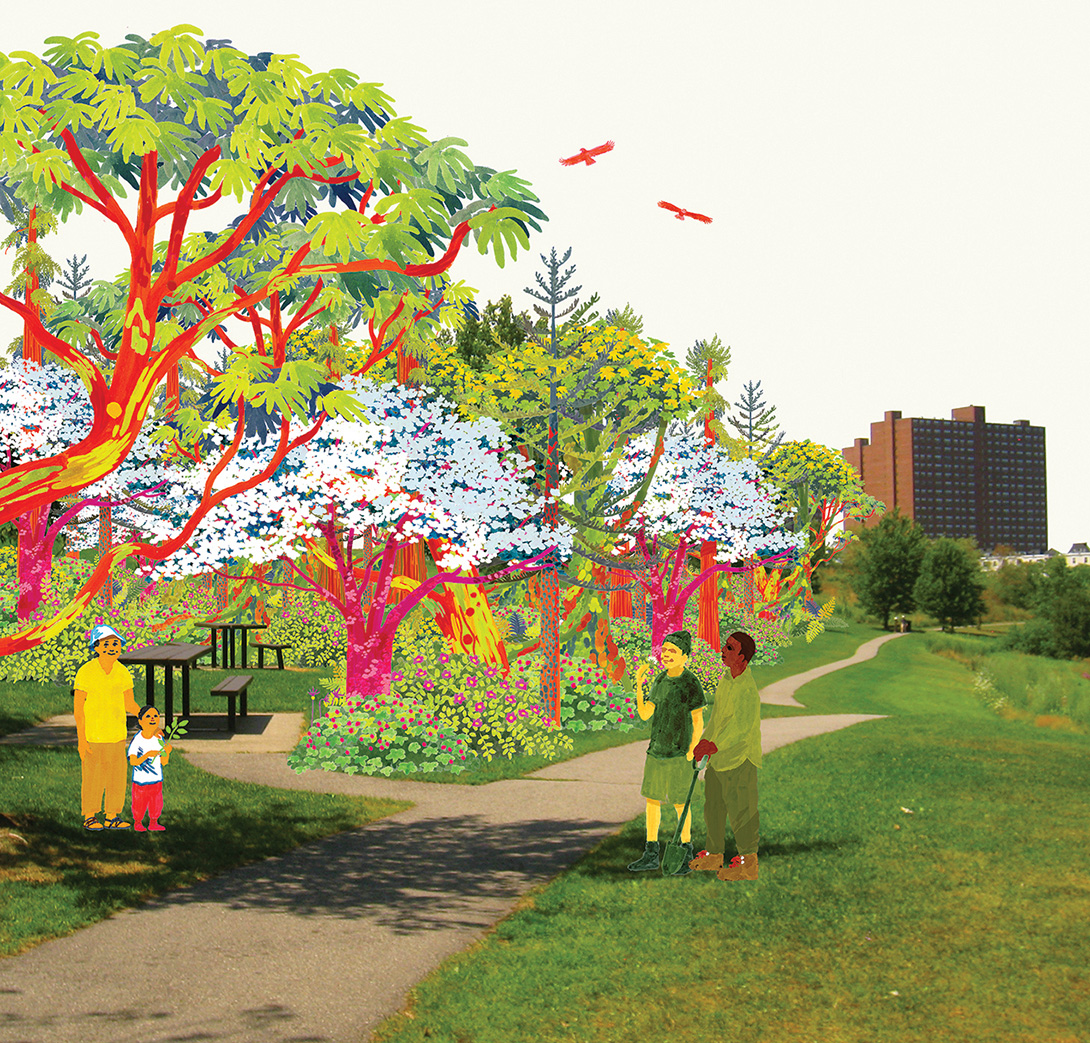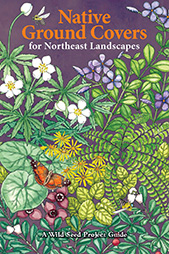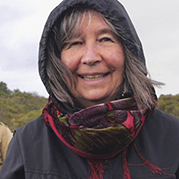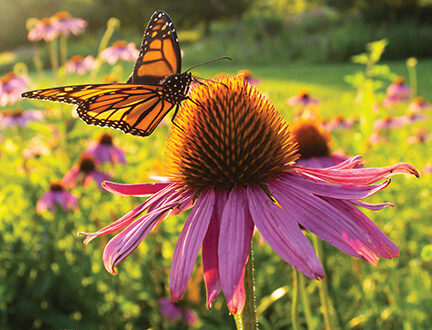Graphic / Henry McCausland, SUGi Project – An artist’s rendition of what the Miyawaki Forest in Cambridge might look like one day.
By Will Rowlands
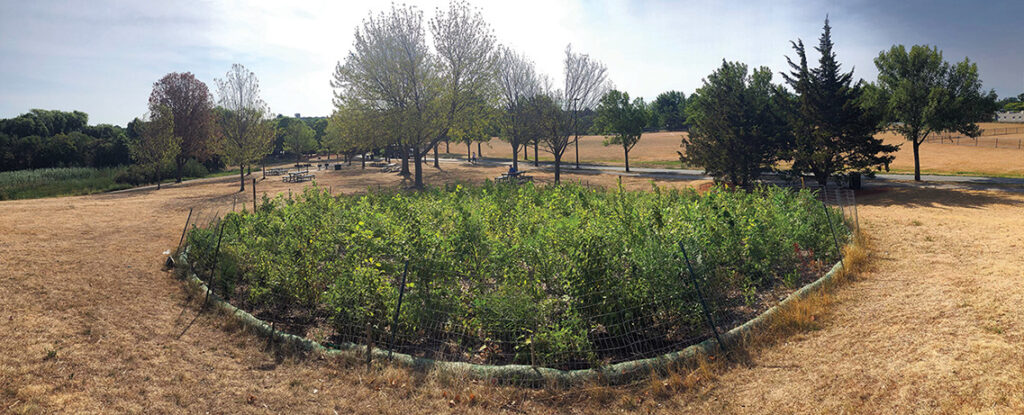
Last July, on an extremely hot day we visited a Miyawaki Forest – a 4000 square foot miniforest or pocket forest – planted the previous fall at Danehy Park in Cambridge, Mass. It’s the first Miyawaki Forest in the Northeastern US and was planted on Sept. 25, 2021. The City of Cambridge says it will “boost biodiversity and climate resilience.” Danehy Park is a 49-acre facility located on a former landfill.
A press release from the City of Cambridge explains … “The Miyawaki method is noted for its hallmarks of dense planting, biodiversity, native species, and multilayered design to recreate the complexity of a native forest. In examples around the world, Miyawaki Forests have demonstrated remarkably high growth and survival rates, due to the planting method that fosters symbiotic relationships between plants and fungal and microbial life in the soil.”
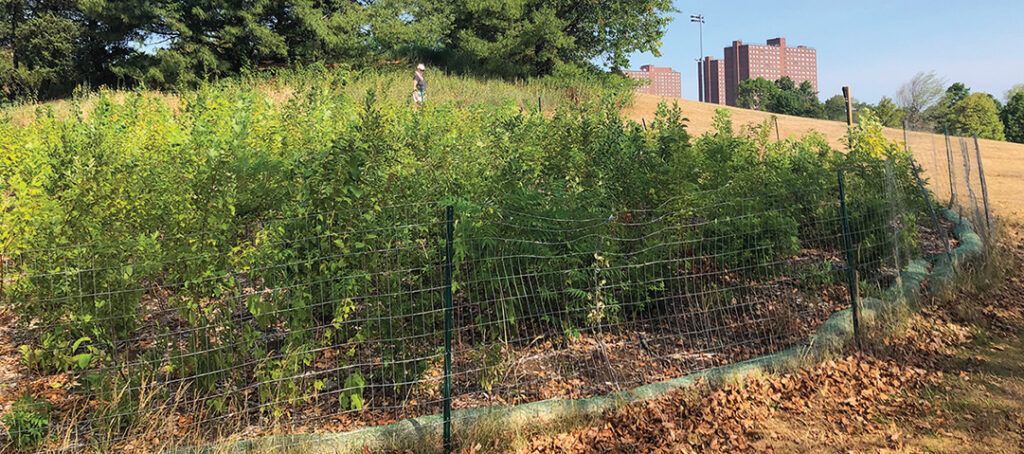
The concept was developed by Akira Miyawaki, a Japanese botanist and plant ecologist. Native plants are planted closely together in a small area and are expected to be maintenance free after about three years. Forests can be grown in 20-30 years with this method (10 times faster than normal).
Miyawaki received the Blue Planet Prize in 2006 for his contributions to scientific research and applications of science that contribute to solving global environmental problems. More than 40 million trees in 15 countries have been planted using the Miyawaki method. Some people call the process rewilding or afforestation … it’s essentially the opposite of deforestation.
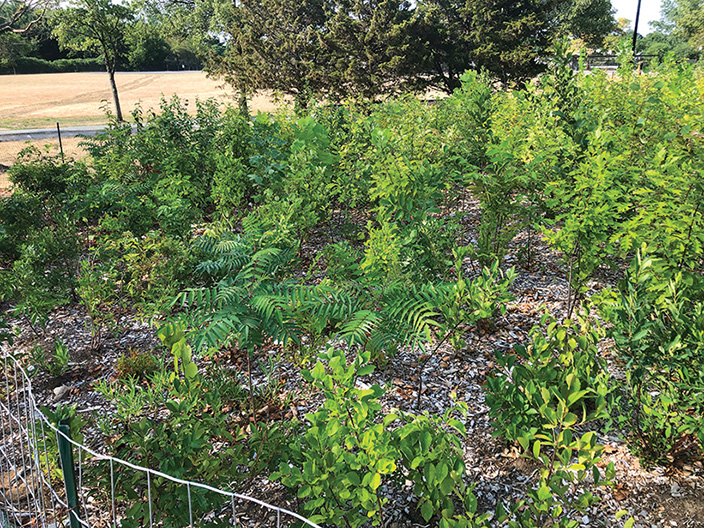
The Basic Process
1 – The soil is analyzed and amended as necessary using local, sustainable amendments.
2 – 50-100 local plant species from different categories (trees, shrubs and groundcovers) are chosen and planted close together in a random manner, like you would see in a natural forest.
3 – The plants are monitored, watered and weeded for 2-3 years while they establish themselves. After that, they are supposed to be maintenance free.
Why More Forests?
Most people are aware that forests are the lungs of Planet Earth but they do so much more …
• Remove carbon from the atmosphere and sequester it in trees, roots and soil.
• Cool the air and provide shade.
• Clean water, reduce erosion and runoff, and lessen the impact of floods.
• Enhance terrestrial biodiversity.
• Help create wildlife corridors.
Don’t you want one?
RESOURCES
The SUGi Project – The largest worldwide community of Miyawaki Forest Makers
sugiproject.com
Afforestt – A consulting firm that also offers do-it-yourself information
Afforestt.com
